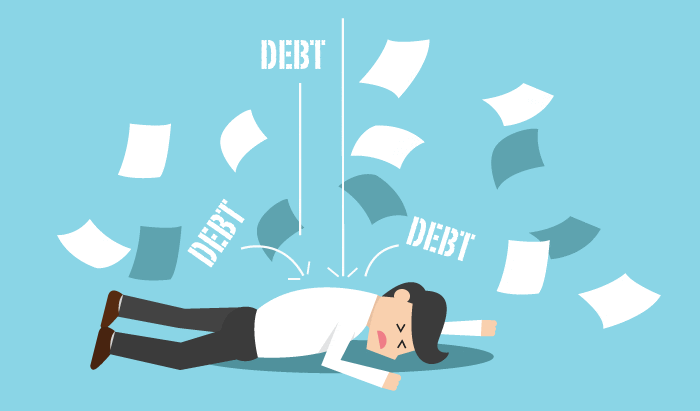
 Setting up a budget to control debt is an essential step for anyone who wants to manage their finances wisely. Debt can quickly accumulate if we don’t keep track of our spending. Therefore, setting up a budget is like having a roadmap to guide us towards financial stability. In this essay, we will explore the importance of setting up a budget and the steps involved, all while using language that is suitable for a high school student. Visit DebtCafe Debt Consolidation Canada for more information and help with debt.
Setting up a budget to control debt is an essential step for anyone who wants to manage their finances wisely. Debt can quickly accumulate if we don’t keep track of our spending. Therefore, setting up a budget is like having a roadmap to guide us towards financial stability. In this essay, we will explore the importance of setting up a budget and the steps involved, all while using language that is suitable for a high school student. Visit DebtCafe Debt Consolidation Canada for more information and help with debt.
To begin, a budget is a plan that helps us allocate our income towards different expenses. It allows us to take control of our financial situation while making sure we don’t spend more than what we earn. By setting up a budget, we can monitor our spending, reduce unnecessary expenses, and save for important goals.
The first step in setting up a budget is to determine our income. This includes any money we earn from jobs, allowances, or other sources. It is crucial to be realistic and consider only the money we actually bring in.
Once we know our income, we need to track our expenses. This means keeping a record of everything we spend money on, from groceries and bills to entertainment and leisure activities. One way to track expenses is by using a spreadsheet or a budgeting app that categorizes different expenses automatically.
Next, we need to analyze our expenses and identify areas where we can cut back. For example, we may realize that we spend a lot of money on eating out or buying unnecessary items. By making small changes, like cooking at home more often or being mindful of impulse purchases, we can start saving money and minimize debt.
After analyzing our expenses, it’s time to create budget categories. These are different areas where we allocate our income, such as housing, transportation, groceries, entertainment, savings, and debt repayment. Each category should have a specific amount that we aim to spend monthly.
When creating our budget categories, it’s important to prioritize. Essential expenses like rent, utilities, and groceries should be our top priority, while other categories can be adjusted as needed. By focusing on our needs first, we can ensure that our basic expenses are covered before allocating money towards non-essential items.
To make it easier to stick to our budget, we can set spending limits for each category. For example, if we decide to limit our entertainment expenses to $50 per month, we need to track whether we’re reaching that limit or surpassing it. This way, we can make adjustments and avoid overspending.
As we go through the month, we should keep a close eye on our spending and make any necessary adjustments. If we notice that we’re consistently overspending in a particular category, we might need to find alternatives or cut back on other areas to stay within our budget.
Finally, at the end of each month, it is crucial to review our budget performance. We should compare our actual spending to what we had planned and evaluate our progress. If we notice any discrepancies or areas where we struggled, we can adjust our budget for the following month.
In conclusion, setting up a budget to control debt is a crucial skill that everyone should learn. By understanding our income, tracking expenses, analyzing spending habits, and creating budget categories, we can take control of our financial situation. Through regular review and adjustments, we can ensure that our budget aligns with our goals and helps us reduce debt while saving for the future.
